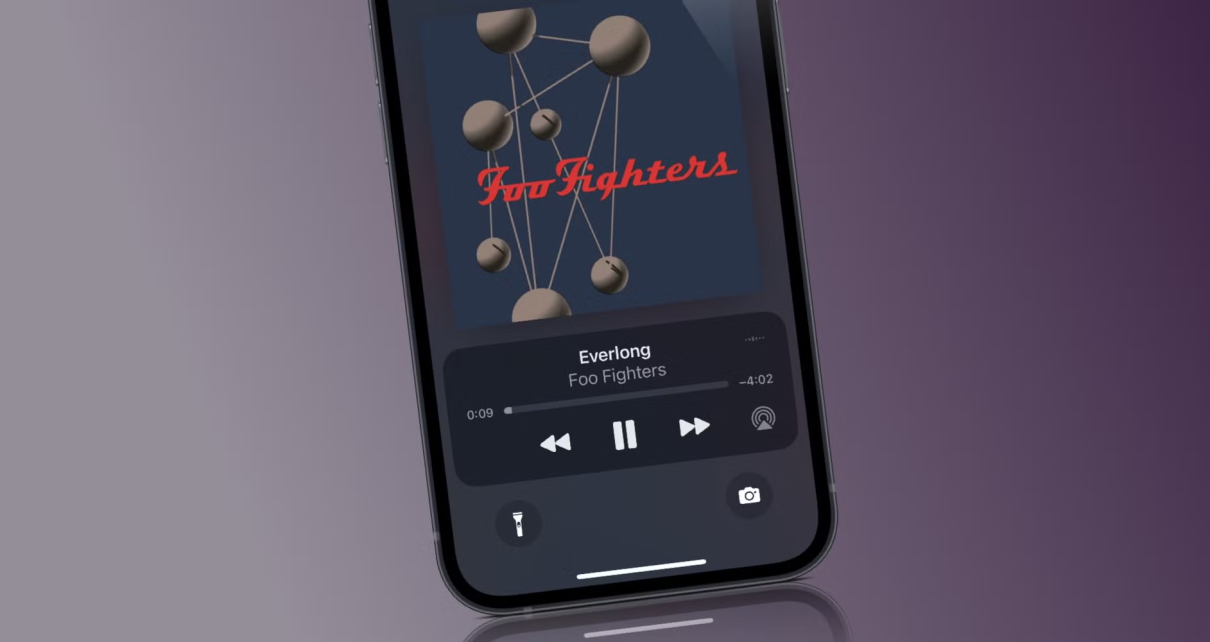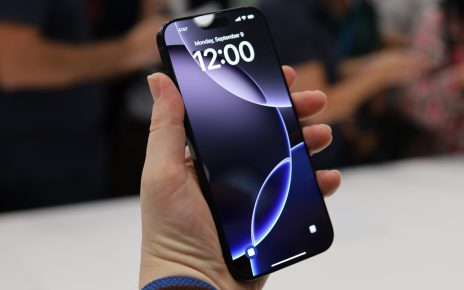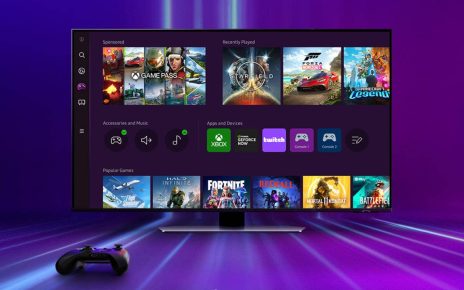Introduction to the iPhone
The iPhone has become a staple in our lives, blending innovation with sleek design. Over the years, Apple has pushed boundaries and set trends that other brands aspire to follow. However, even the most beloved devices have their hiccups—features that once dazzled users have been stripped away for various reasons. One such feature left many scratching their heads at its absence. It was missed by fans who cherished how it enhanced their daily interactions with their devices.
But guess what? There’s buzz in the air! A long-lost functionality is making a comeback, sparking excitement among loyal iPhone users everywhere. Let’s dive into this nostalgic journey and explore why this feature resonated so deeply—and what it means for future iPhones!
The feature that was removed and why it was missed by users
When Apple decided to remove the headphone jack from its iPhone lineup, it sparked a wave of frustration among users. This feature had been a staple for years, allowing seamless connectivity with wired headphones and external audio devices.
Many found the transition to wireless audio cumbersome. Adapters became an essential accessory, but they often got lost or forgotten at home. Fans of high-quality sound lamented the loss of their favorite wired earbuds.
The removal seemed to prioritize sleek design over user convenience. For many loyalists, that felt like a betrayal. They missed the straightforward plug-and-play experience and voiced their concerns online.
This sentiment echoed across social media platforms, where countless threads discussed alternatives and workarounds. Users felt as though something integral had vanished from their daily interactions with technology. The community’s longing for this feature was palpable and hard to ignore.
Speculations and rumors about its return
As whispers circulated through the tech community, excitement began to build. Speculations about the return of this beloved feature ignited discussions across forums and social media platforms.
Many users reminisced about how it enhanced their daily interactions with their devices. The absence had left a noticeable gap, prompting fervent debates among fans.
Tech insiders started hinting at potential announcements in upcoming Apple events. Some even claimed that prototypes showcasing the revamped feature were being tested internally.
Rumors swirled around its integration into future models—fueling anticipation and curiosity alike. Enthusiasts eagerly shared theories on what improvements might accompany its comeback.
This buzz created a sense of urgency among loyal customers who hoped for an official confirmation soon. With each passing day, expectations grew stronger as more clues emerged from trusted sources within Apple’s ecosystem.
Confirmation of its return by Apple
Apple’s announcement sent ripples through the tech community. After years of speculation, they have confirmed that the beloved feature is making a comeback.
The news was unveiled during their latest keynote presentation, where excitement filled the air. Tim Cook himself hinted at how much Apple listened to its dedicated fan base regarding this specific change.
Developers and enthusiasts were quick to analyze every word from Apple’s official channels. The excitement surrounding this return was palpable. Users had expressed frustration over its absence for too long.
Now, with confirmation in hand, fans are buzzing about what it means for future iPhone iterations. This revival is set to enhance user experience significantly while building on lessons learned from past versions of the feature.
How the feature will be improved and integrated into newer models
Apple is known for pushing the envelope when it comes to technology. The return of this feature won’t just be a simple reintroduction. Expect enhancements that will elevate user experience.
Integration into newer models means seamless compatibility with existing software. Advanced algorithms are likely being developed, ensuring optimal performance across different applications.
Additionally, improved design elements can enhance usability. Features such as customization options may allow users to tailor their experiences according to personal preferences.
Moreover, Apple could leverage its ecosystem. This would enable interaction between devices in innovative ways that were previously unavailable.
By focusing on these improvements, Apple aims not only to satisfy returning enthusiasts but also attract new users eager for cutting-edge functionality.
Reactions from iPhone users on social media
When news broke about the return of the beloved feature, social media exploded with excitement. Tweeters and Instagram users alike shared their thoughts, often accompanied by memes that captured their joy.
Many fans expressed nostalgia for how this feature had enhanced their daily lives. Comments flooded in from long-time iPhone enthusiasts who felt a sense of relief knowing they wouldn’t have to search for alternatives any longer.
Others took a more humorous approach, joking about how they’d never truly gotten over its absence. “I can finally stop living in the dark ages!” one user quipped on Twitter, while another posted a countdown clock until the update’s release.
Influencers jumped into action as well, sharing what this meant for content creation and user experience. Their enthusiasm resonated with followers eager to see how it would all unfold in real time. The buzz is palpable; anticipation has reached new heights across platforms.
Conclusion – the excitement for the feature’s return and its impact on future iPhone sales
The buzz surrounding the return of this feature is palpable. iPhone users have expressed their enthusiasm across various social media platforms. Many are reminiscing about how much they relied on it before its removal. The sentiment is clear: this functionality was not just a nice-to-have; it was essential for many.
Apple’s decision to bring back the feature speaks volumes about their commitment to user satisfaction. It reflects a willingness to listen and adapt based on customer feedback, which can only strengthen brand loyalty moving forward.
As more details emerge about its enhancements and integration into newer models, anticipation will only grow among potential buyers. This could be a game-changer in attracting new customers while rejuvenating interest from existing ones who may have been considering alternatives.
The excitement generated by this announcement has already sparked conversations around predicted sales impacts. With so many eager users ready to embrace the upgraded feature, there’s no doubt that it could significantly influence future iPhone sales figures positively.
For Apple fans and tech enthusiasts alike, the return of this beloved function promises an exciting chapter ahead in the evolution of one of the most popular smartphones in history.



